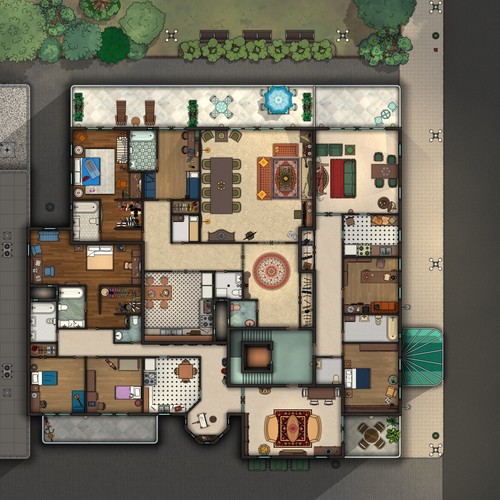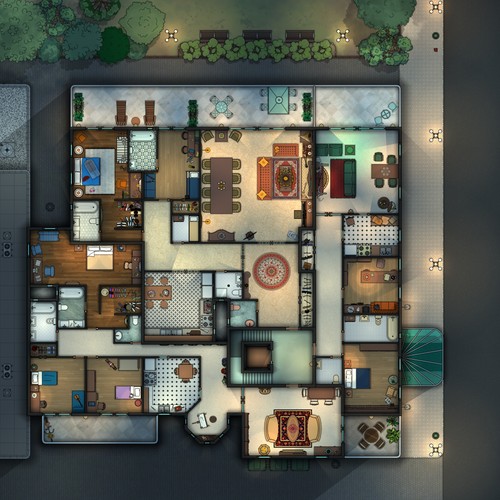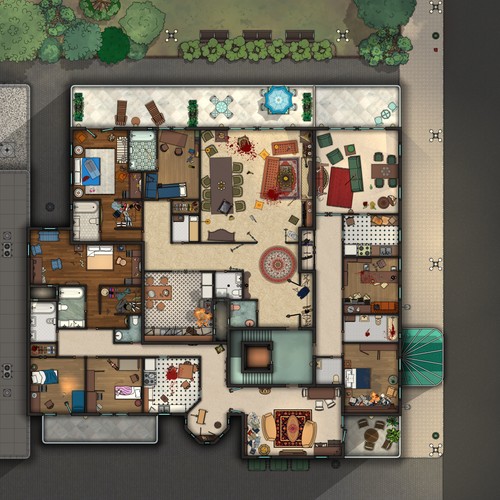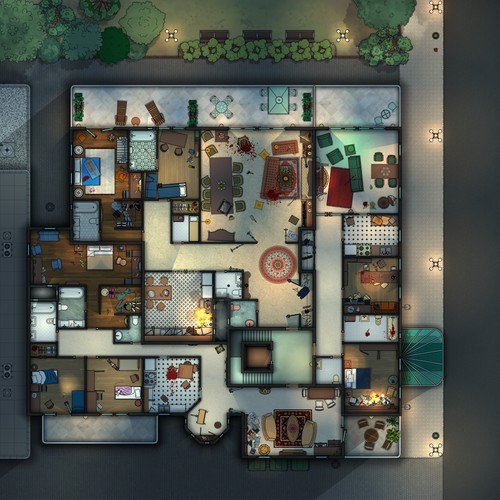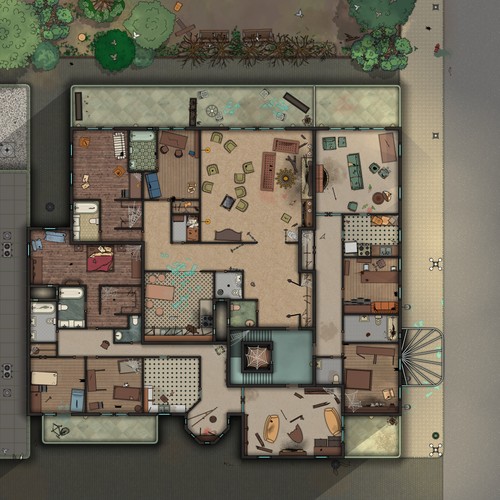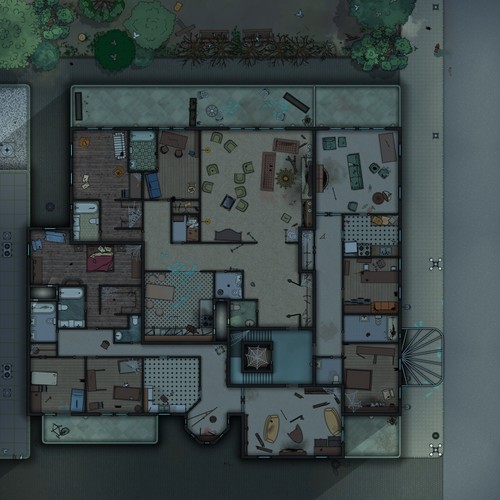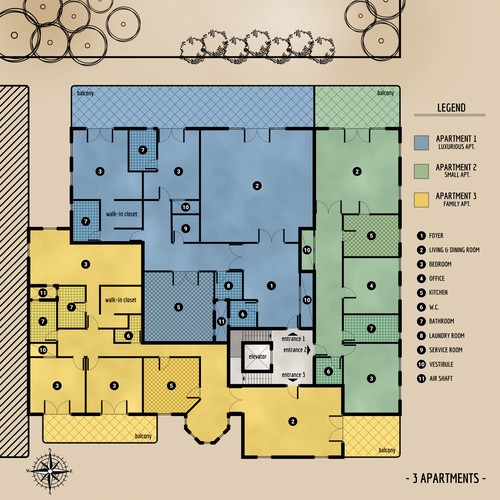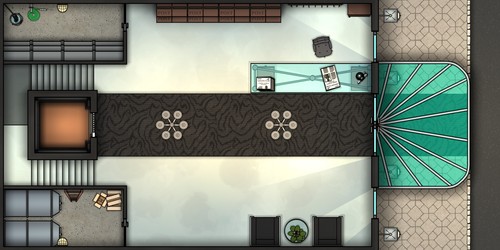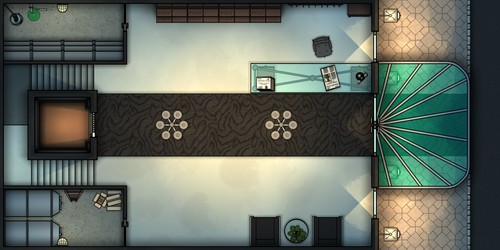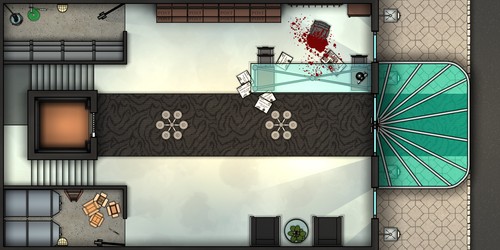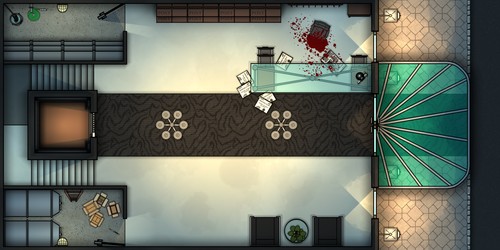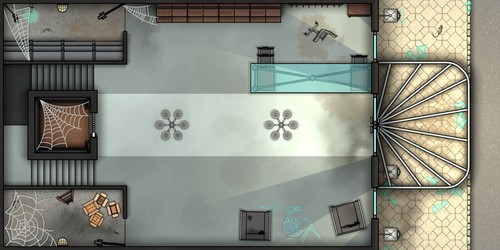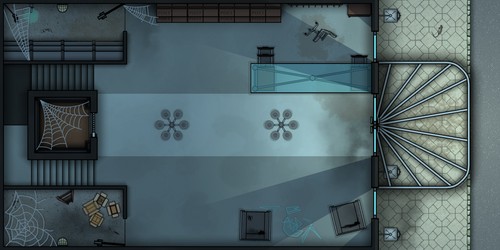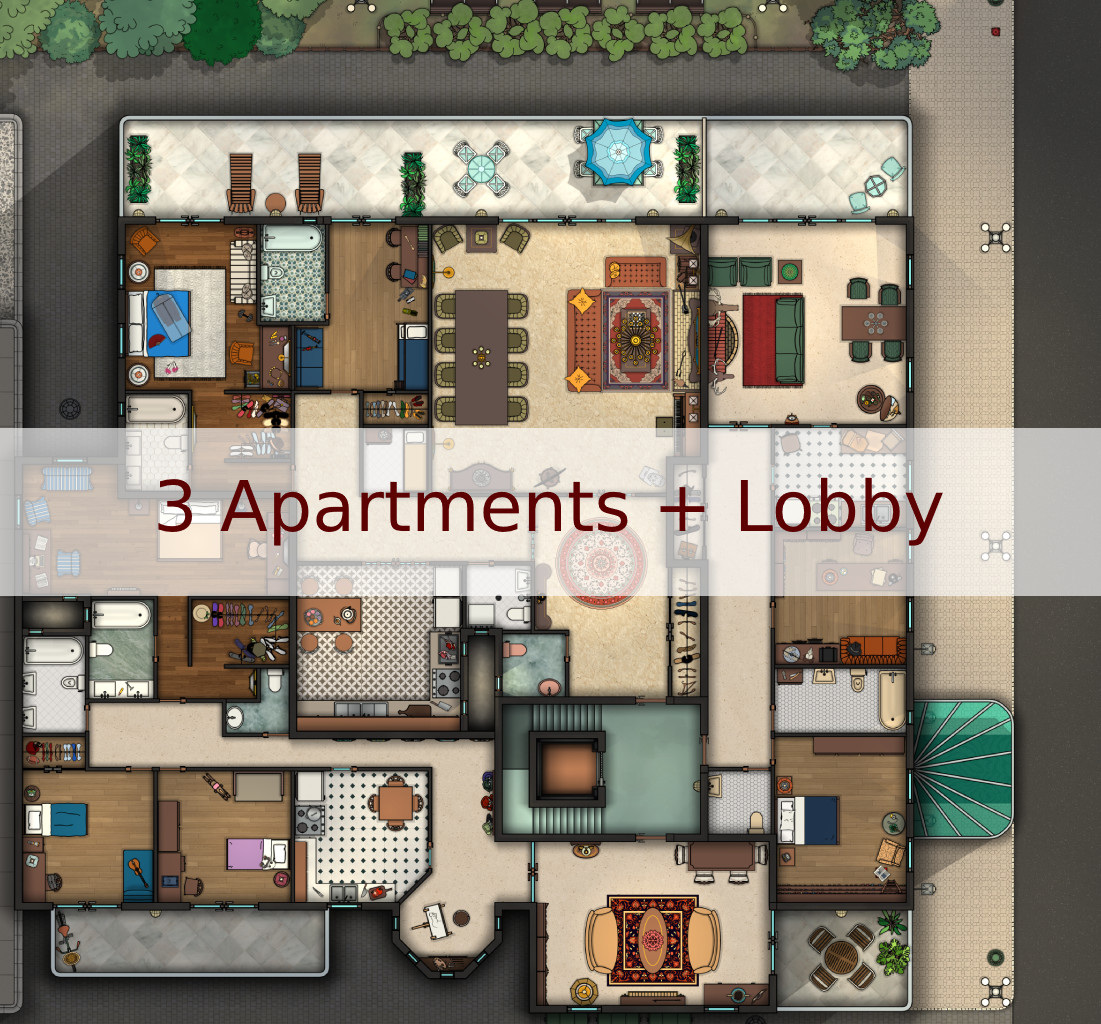Why do residents of each unit report the same recurring dream? What connects those triangular water stains appearing in perfect alignment across all three ceilings? How do whispered conversations echo between the units despite solid walls? Who keeps drawing those cryptic symbols in the shared laundry room, and why do pets refuse to cross certain thresholds?
Follow Cthulhu Architect on BlueSky!The buildings appear to be glued together, mostly small houses and apartment blocks that looked nervous. There is murky snow spread out like carpet. There is concrete, empty hat-stand trees, and gray air.
― Markus Zusak
The Millbrook apartments had three units, though the landlord, Mr. Henley, preferred to think of them as having only two. He’d learned not to mention the middle apartment to prospective renters—not after what happened to the Kowalski family, or the young teacher Miss Bremen, or that traveling salesman whose name he’d deliberately forgotten.
Sarah Chen moved into apartment 2B on a rainy Tuesday, drawn by the impossibly low rent and Mr. Henley’s nervous eagerness to fill the unit. The apartment sandwiched between 2A and 2C seemed bright enough, with large windows facing the courtyard and freshly painted walls that couldn’t quite mask the underlying smell of something sweet and cloying.
The first night, Sarah heard the Pattersons in 2A arguing through the paper-thin walls. Their voices rose and fell in a familiar domestic rhythm until, abruptly, they stopped mid-sentence. In the sudden silence, she heard something else—a soft scratching sound, like fingernails dragging across wood, coming from somewhere inside the walls themselves.
On the third day, Mrs. Patterson from 2A knocked on her door, her face pale and drawn. “Have you heard them too?” she whispered, glancing nervously at the walls. “The sounds from 2C? But that apartment’s been empty for months.”
Sarah had noticed 2C remained dark, its windows reflecting nothing but black glass even during the day. Yet sometimes, late at night, she could swear she heard footsteps pacing back and forth, accompanied by a low murmuring that almost sounded like counting.
By the seventh day, the scratching had spread. It started in the kitchen walls, then moved to the bedroom, always seeming to follow Sarah as she moved through the apartment. The Pattersons had grown silent—no more arguments, no television, no signs of life at all. When Sarah knocked on their door, no one answered, though she could see light seeping from beneath it.
On the tenth day, she found the journal wedged behind the bathroom radiator—dozens of entries in different handwriting, different languages, but all describing the same progression. The counting voices. The scratching. The way the walls seemed to breathe at night. The final entry, in shaky English, simply read: “It’s almost time. Day thirteen approaches. The middle sees all.”
Sarah tried to leave on the eleventh day, but her keys wouldn’t turn in any of the locks. The windows had somehow sealed themselves shut. Mr. Henley didn’t return her increasingly frantic calls.
On the twelfth night, she understood why the middle apartment stayed empty. It didn’t need tenants—it fed on the ones beside it. The scratching wasn’t coming from inside the walls; it was the walls themselves, reaching through the spaces between apartments, connecting all three units into something larger and hungrier than the sum of its parts.
As the thirteenth day dawned, Sarah heard the counting voice clearly for the first time, speaking in unison from both 2A and 2C: “Thirteen, thirteen, thirteen…”
She pressed her ear to the wall and realized with mounting horror that her own voice had joined the chorus, though she couldn’t remember beginning to speak. Outside her window, she could see Mr. Henley in the courtyard, placing a “For Rent” sign beside the building directory.
The sign advertised two apartments available.
It never mentioned the third.
